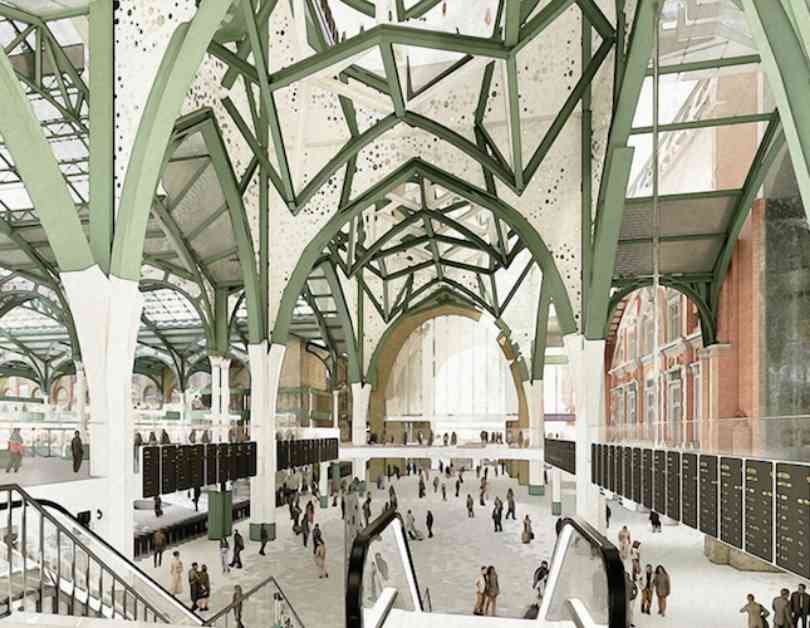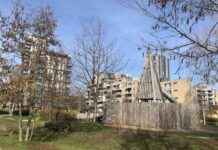Network Rail, along with Shard developers Sellar and Elizabeth Line operators MTR, faced backlash over plans to build a 20-storey tower block over Liverpool Street station and the adjacent Great Eastern Hotel. The proposal received over 2,000 objections and criticism from heritage organizations due to its impact on the historic buildings and views of St Paul’s Cathedral.
However, Network Rail has now revised the plan to focus on passenger needs, with improvements including a larger concourse, more ticket barriers, new lifts and escalators, enhanced Tube ticket hall, and step-free access throughout. The station, catering to over 80 million passengers annually, is in dire need of upgrades, especially with projections of accommodating over 140 million passengers by 2050.
The cost of these improvements, estimated at £450 million, poses a financial challenge. Network Rail has indicated that funds will be generated through the construction of a new office building above the station concourse. The proposed 97-meter-high office block will be shorter than initially planned, with design modifications to preserve views of St Paul’s and reduce its impact on the hotel.
As consultations on the new plans continue until December 4th, the fate of the project remains uncertain. Previous opposition to the development urged government intervention, but current indications suggest that decisions will be left to the local authorities. The delicate balance between preserving heritage and facilitating progress in the City of London adds complexity to the planning process.
Ultimately, the need for improvements at Liverpool Street station is undeniable, and taking no action is not a viable option. The upcoming planning decisions will shape the future of one of the country’s busiest transport hubs, emphasizing the importance of balancing modernization with heritage preservation in urban development.





















